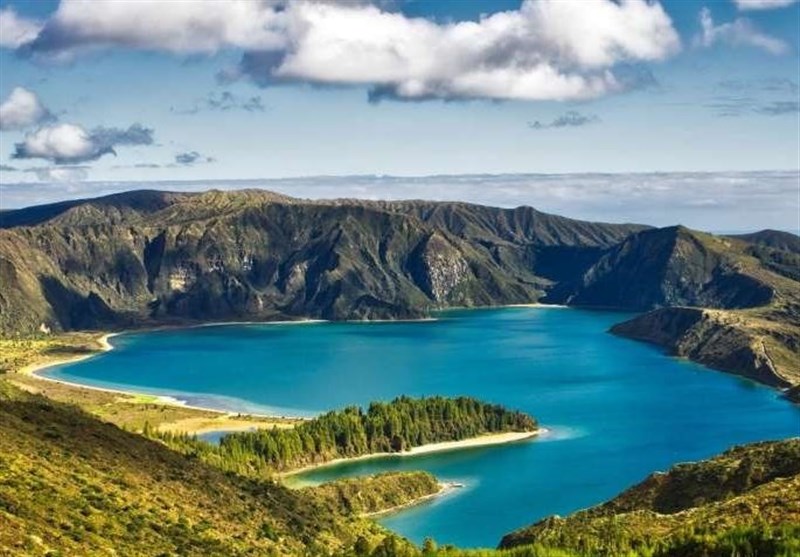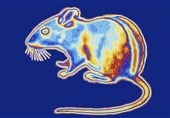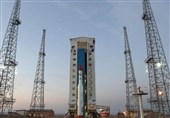Humans’ Use of Land Accelerates Rate of Animals Extinction
TEHRAN (Tasnim) – By 2070, increased human land-use is expected to put 1,700 species of amphibians, birds, and mammals at greater extinction risk by shrinking their natural habitats, according to a study.
As humans continue to expand our use of land across the planet, we leave other species little ground to stand on.
To make this prediction, the ecologists combined information on the current geographic distributions of about 19,400 species worldwide with changes to the land cover projected under four different trajectories for the world scientists have agreed on as likely. These potential paths represent reasonable expectations about future developments in global society, demographics, and economics, Geek reported.
"Our findings link these plausible futures with their implications for biodiversity," said Walter Jetz, co-author and professor of ecology and evolutionary biology and of forestry and environmental studies at Yale. "Our analyses allow us to track how political and economic decisions—through their associated changes to the global land cover—are expected to cause habitat range declines in species worldwide."
The study shows that under a middle-of-the-road scenario of moderate changes in human land-use about 1,700 species will likely experience marked increases in their extinction risk over the next 50 years: They will lose roughly 30-50% of their present habitat ranges by 2070. These species of concern include 886 species of amphibians, 436 species of birds, and 376 species of mammals—all of which are predicted to have a high increase in their risk of extinction.
Among them are species whose fates will be particularly dire, such as the Lombok cross frog (Indonesia), the Nile lechwe (South Sudan), the pale-browed treehunter (Brazil) and the curve-billed reedhaunter (Argentina, Brazil, Uruguay) which are all predicted to lose around half of their present day geographic range in the next five decades. These projections and all other analyzed species can be examined at the Map of Life website.
"The integration of our analyses with the Map of Life can support anyone keen to assess how species may suffer under specific future land-use scenarios and help prevent or mitigate these effects," said Ryan P. Powers, co-author and former postdoctoral fellow in the Jetz Lab at Yale.
Species living in Central and East Africa, Mesoamerica, South America, and Southeast Asia will suffer the greatest habitat loss and increased extinction risk. But Jetz cautioned the global public against assuming that the losses are only the problem of the countries within whose borders they occur.
"Losses in species populations can irreversibly hamper the functioning of ecosystems and human quality of life," said Jetz. "While biodiversity erosion in far-away parts of the planet may not seem to affect us directly, its consequences for human livelihood can reverberate globally. It is also often the far-away demand that drives these losses—think tropical hardwoods, palm oil, or soybeans—thus making us all co-responsible."






